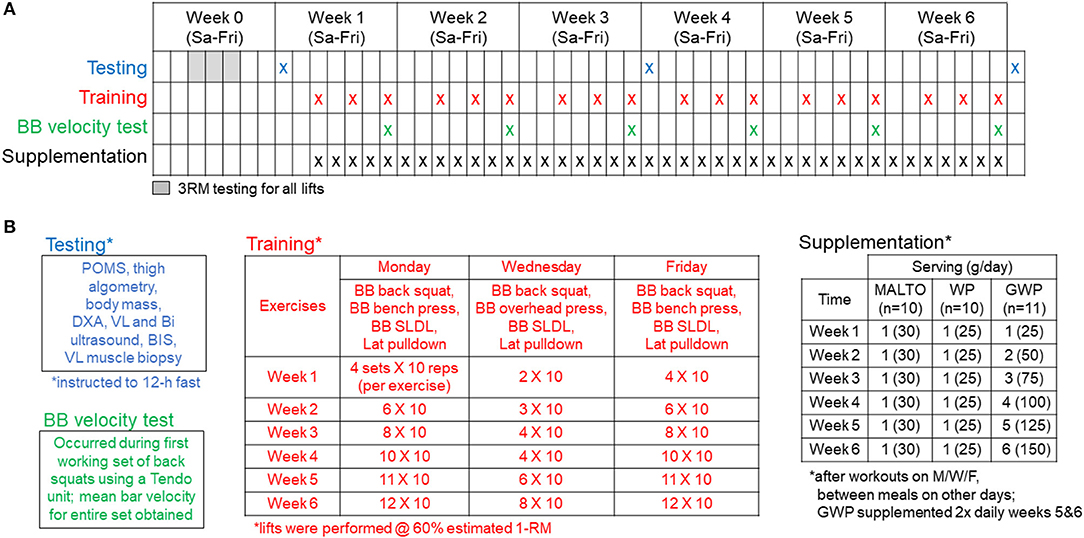Systemlord
Member
I have been going to the gym every day working out a different muscle group daily and I have notice light to moderate weight, my muscles swell up and are sore, I feel it too, however heavy weights does little to muscle soreness or swelling.
Today I lifted very heavy weight, curled 80 lbs low reps (6) and didn't stop each set of reps until I started losing composure or was out of gas, resting for 3-5 minutes in-between sets. I tried heavier weight, but couldn't do more than 2-3 reps, so I settled at 80 lbs doing 6 reps for a total of 10 sets. I didn't feel the pump like when I do high reps (10-12) light to moderate (40-50 lbs) weight.
It could be not enough time has passed to feel the effects of heavy weights, but nonetheless I walkout out of the gym wondering why I didn't feel it the same way when doing higher reps.
Why is this?
Today I lifted very heavy weight, curled 80 lbs low reps (6) and didn't stop each set of reps until I started losing composure or was out of gas, resting for 3-5 minutes in-between sets. I tried heavier weight, but couldn't do more than 2-3 reps, so I settled at 80 lbs doing 6 reps for a total of 10 sets. I didn't feel the pump like when I do high reps (10-12) light to moderate (40-50 lbs) weight.
It could be not enough time has passed to feel the effects of heavy weights, but nonetheless I walkout out of the gym wondering why I didn't feel it the same way when doing higher reps.
Why is this?
















